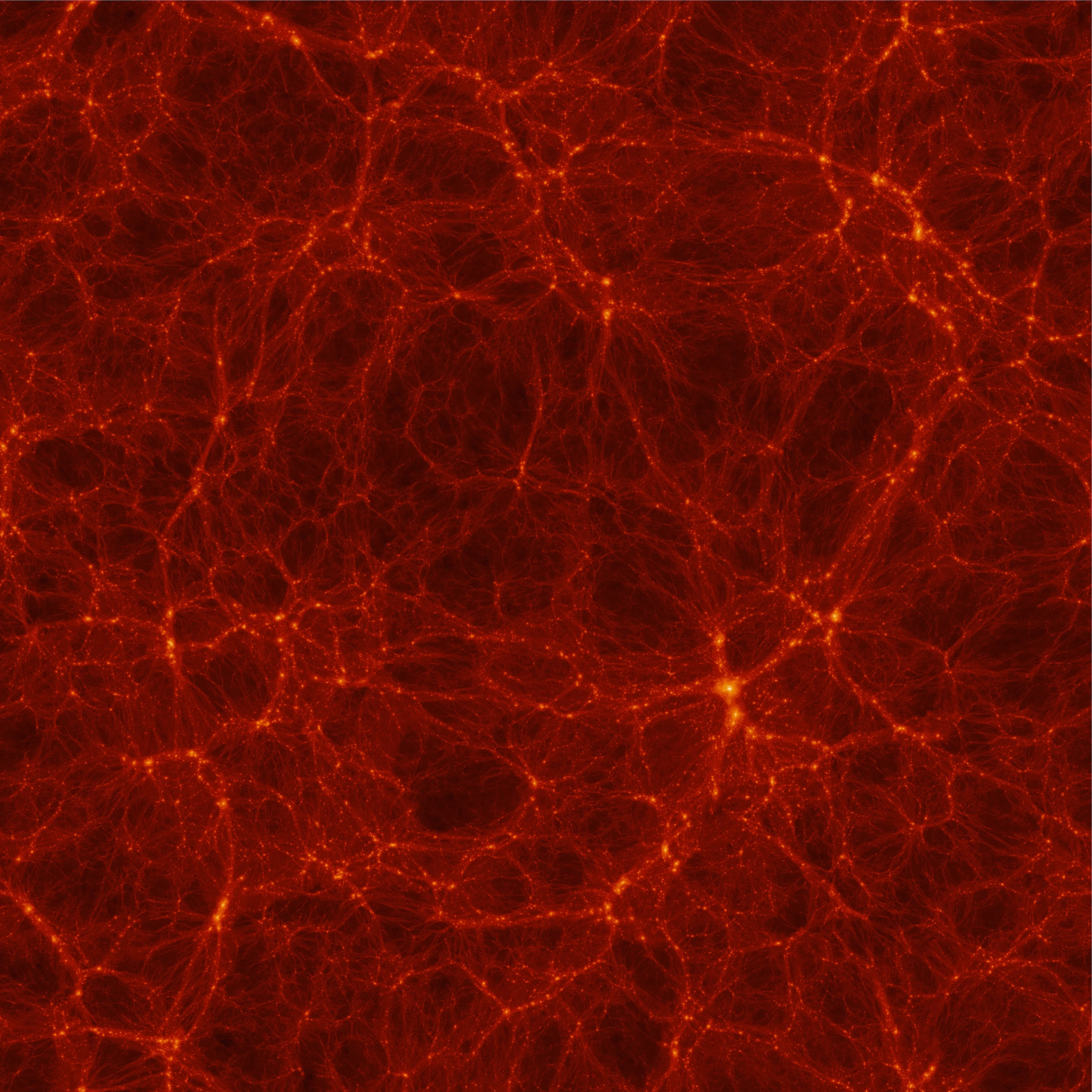The Bolshoi* is a cosmological simulation of unprecedented scale and unparalleled accuracy. Crunching tons of observational input data necessary to build this enormous model took Pleiades, a supercomputer based at NASA Ames Research Center, a whooping 6 million CPU hours. The results - all 90 terabytes of them - allow us to glimpse the evolution of a representative section of our universe at 180 different time steps, from the Big Bang to the present day. Now this wealth of data is going to be made publicly available to scientists, arming them with tools that should make cracking the mysteries of dark matter, dark energy and galaxy formation much more feasible.
Of course, even the mighty Pleiades would not be able to handle an endless sea of data related to the limitless Cosmos. The simulation needed to describe a defined space, so the researchers decided to focus their attention on a huge cubic chunk of the universe with each side one billion light years long. Now imagine the task of following 8.6 billion particles of dark matter as they scatter in a space that would contain over a million galaxies. No wonder the resulting visualizations are breathtaking.
However, pleasing the eye was not the only goal the international team of scientists lead by Joel R. Primack of University of California at Santa Cruz and Anatoly Klypin of New Mexico State University wanted to achieve. Their immediate intention was to model the evolution of dark matter halos. In the greater scheme of things, their desire was to harness supercomputing to introduce cosmology into the realm of experimental science.

The input data fed to the supercomputer were obtained from earth- and space-based observations conducted over the course of five years by the NASA Explorer mission WMAP (the Wilkinson Microwave Anisotropy Probe). Meticulous measurements of the Big Bang's remnant radiant heat revealed a great deal about the history and composition of the universe and proved a wonderful raw material for cosmological simulations. The theoretical backbone for the simulation was provided by the Lambda Cold Dark Matter (or ΛCDM) model, which offers the currently prevailing explanation of the origin of the Cosmos. It postulates that an overwhelming majority of mass in the universe can be accounted for by Cold Dark Matter and Dark Energy, and it strives to explain, among other things, the large scale structure of galaxy clusters.
The Bolshoi simulation reveals an intricate web of dark matter that underlies this structure. It shows how dark matter interacts with the visible universe through its gravitational effects, and how it contributes to the formation of galaxies and galaxy clusters.

This important work opens the list of new scientific papers based on data retrieved from the simulation. As the Bolshoi-generated data turns out to be in general agreement with the observable Universe, we can be sure this list is going to grow very quickly.
* Bolshoi is the Russian term for "great" or "grand".
The following video shows the Bolshoi Simulation (from UC-HPACC on Vimeo).











